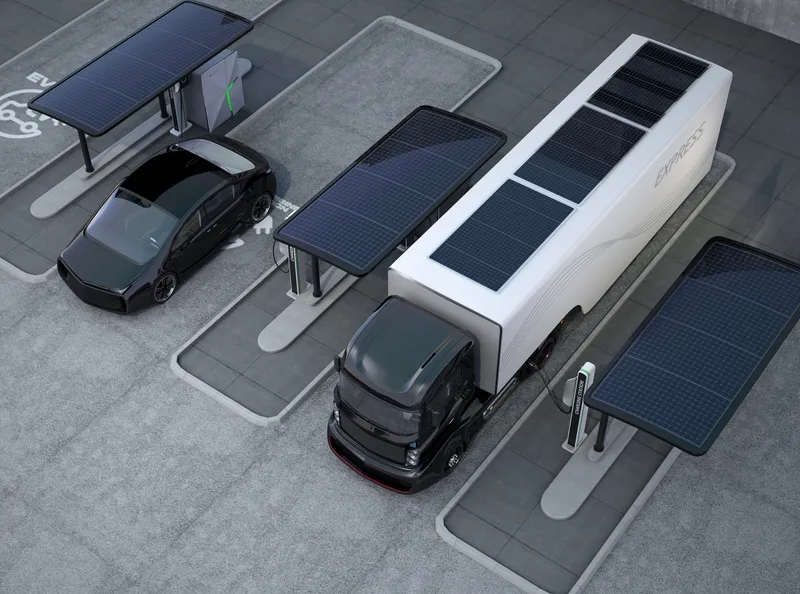The Federation Internationale de l’Automobile (FIA) Region I took part in the European Parliament’s Transport Committee recent open hearing on road user charging, speaking on behalf of Europe’s motorists.
The hearing was held to debate road user charging and how it can be tackled on an EU-wide basis. The FIA highlighted the amount that drivers and motorcyclists already pay in taxes and offered viable alternative solutions to road pricing, such as strict targets for emissions thresholds, park and ride sta
November 5, 2014
Read time: 2 mins
The 7113 Fédération Internationale de l’Automobile (FIA) Region I took part in the European Parliament’s Transport Committee recent open hearing on road user charging, speaking on behalf of Europe’s motorists.
The hearing was held to debate road user charging and how it can be tackled on an EU-wide basis. The FIA highlighted the amount that drivers and motorcyclists already pay in taxes and offered viable alternative solutions to road pricing, such as strict targets for emissions thresholds, park and ride stations and flexible working hours.
“Motorists already pay high taxes when it comes to fuel and vehicle ownership and, often, less than half of the revenue generated from those taxes is reinvested to the benefit of road users,” said FIA Region I director general, Jacob Bangsgaard. He continued, “Road pricing and the further taxation of motorists is an inefficient and unproductive solution as it will not reduce pollution or lower congestion. It will just further punish those that are already paying with their time and fuel in traffic jams. Policymakers would do better to place ambitious targets to lower vehicle emissions and offer alternative methods to enter city centres before considering an additional financial burden on motorists.”
The FIA says it is unlikely that road charging alone could radically modify driver behaviour, since they are usually not in control of the hours that they start and finish work. Nor do they have realistic options for cars that emit fewer pollutants, when the test cycle of these emissions is misleading and alternative fuelled vehicles are not yet viable. Park and ride stations are not yet sufficiently widespread to reliably replace the use of vehicles.
For these reasons, policymakers must not limit their discussions to road charging alone. They must also consider the wider societal implications that are causing users to overwhelmingly choose motor vehicles in certain situations. It is only by providing a realistic variety of options that mobility can improve for all users.
The hearing was held to debate road user charging and how it can be tackled on an EU-wide basis. The FIA highlighted the amount that drivers and motorcyclists already pay in taxes and offered viable alternative solutions to road pricing, such as strict targets for emissions thresholds, park and ride stations and flexible working hours.
“Motorists already pay high taxes when it comes to fuel and vehicle ownership and, often, less than half of the revenue generated from those taxes is reinvested to the benefit of road users,” said FIA Region I director general, Jacob Bangsgaard. He continued, “Road pricing and the further taxation of motorists is an inefficient and unproductive solution as it will not reduce pollution or lower congestion. It will just further punish those that are already paying with their time and fuel in traffic jams. Policymakers would do better to place ambitious targets to lower vehicle emissions and offer alternative methods to enter city centres before considering an additional financial burden on motorists.”
The FIA says it is unlikely that road charging alone could radically modify driver behaviour, since they are usually not in control of the hours that they start and finish work. Nor do they have realistic options for cars that emit fewer pollutants, when the test cycle of these emissions is misleading and alternative fuelled vehicles are not yet viable. Park and ride stations are not yet sufficiently widespread to reliably replace the use of vehicles.
For these reasons, policymakers must not limit their discussions to road charging alone. They must also consider the wider societal implications that are causing users to overwhelmingly choose motor vehicles in certain situations. It is only by providing a realistic variety of options that mobility can improve for all users.








